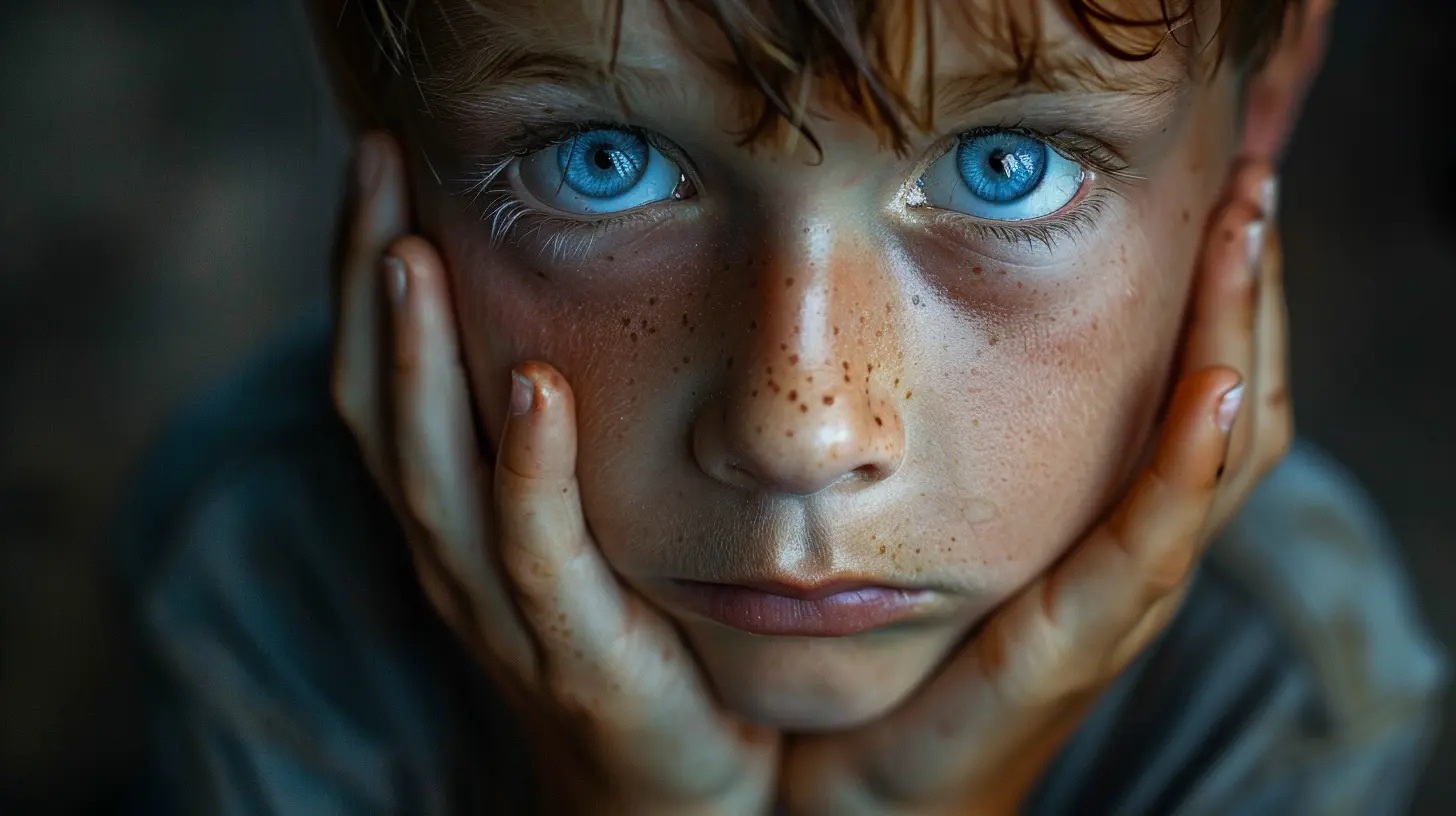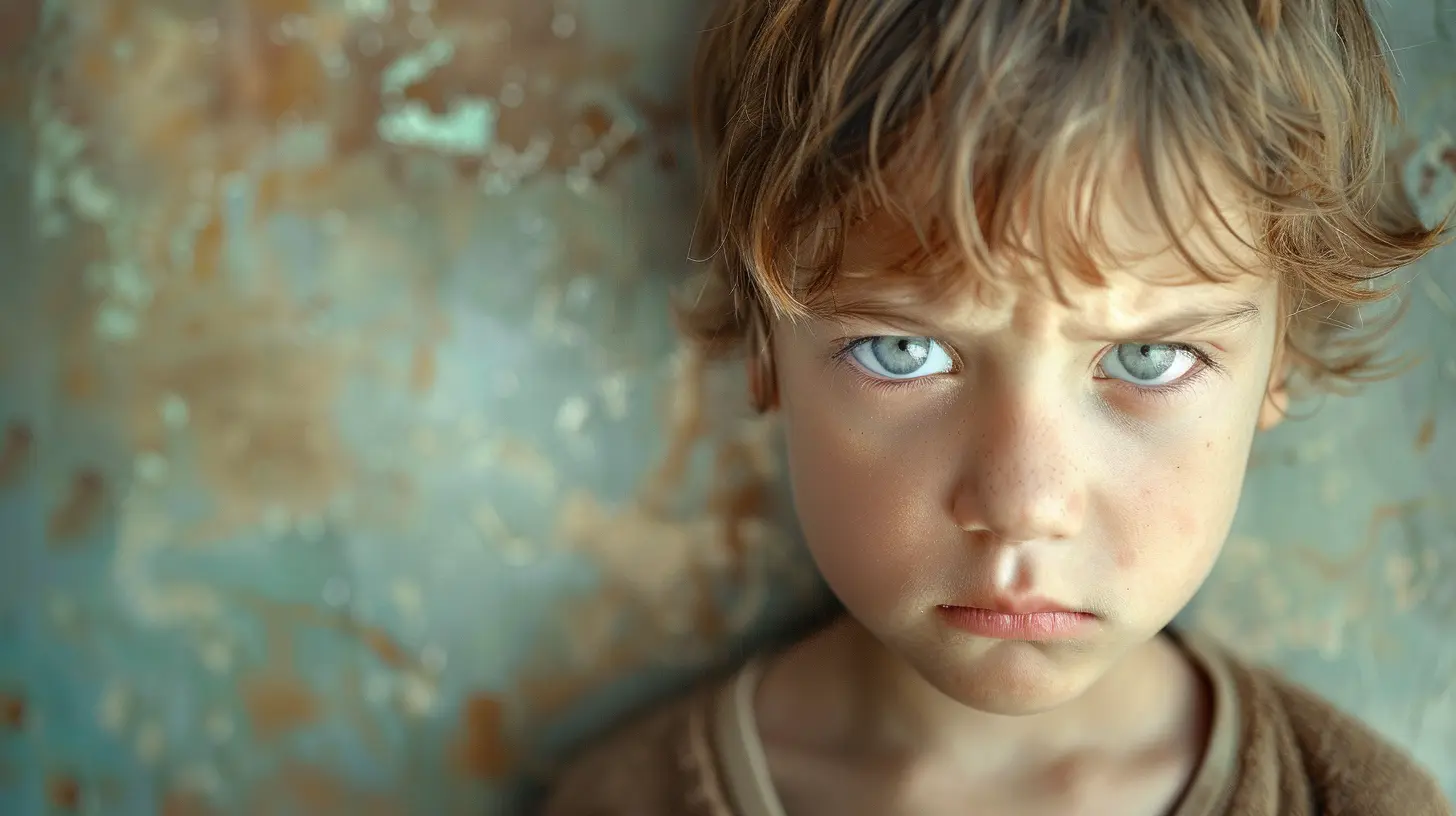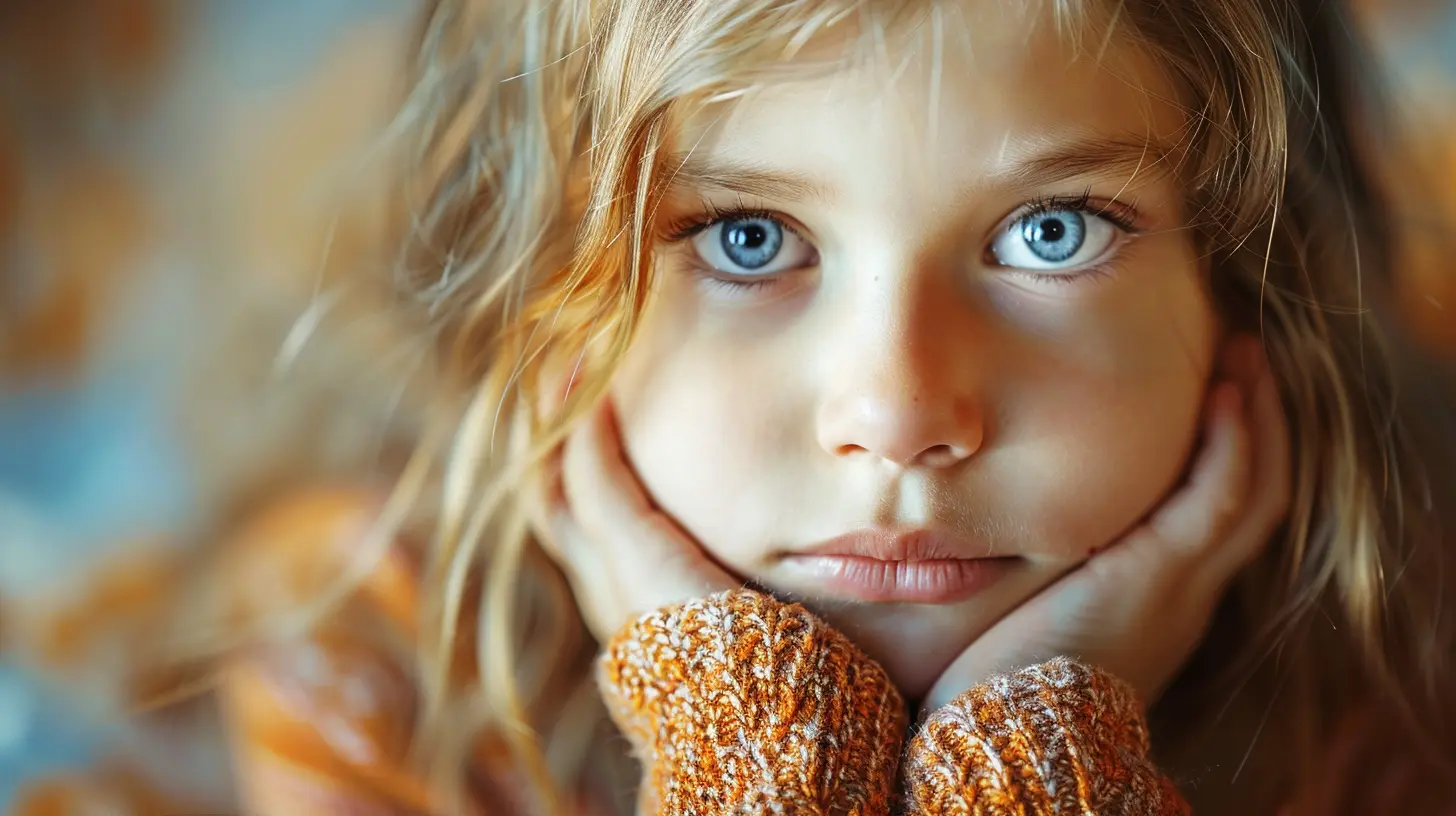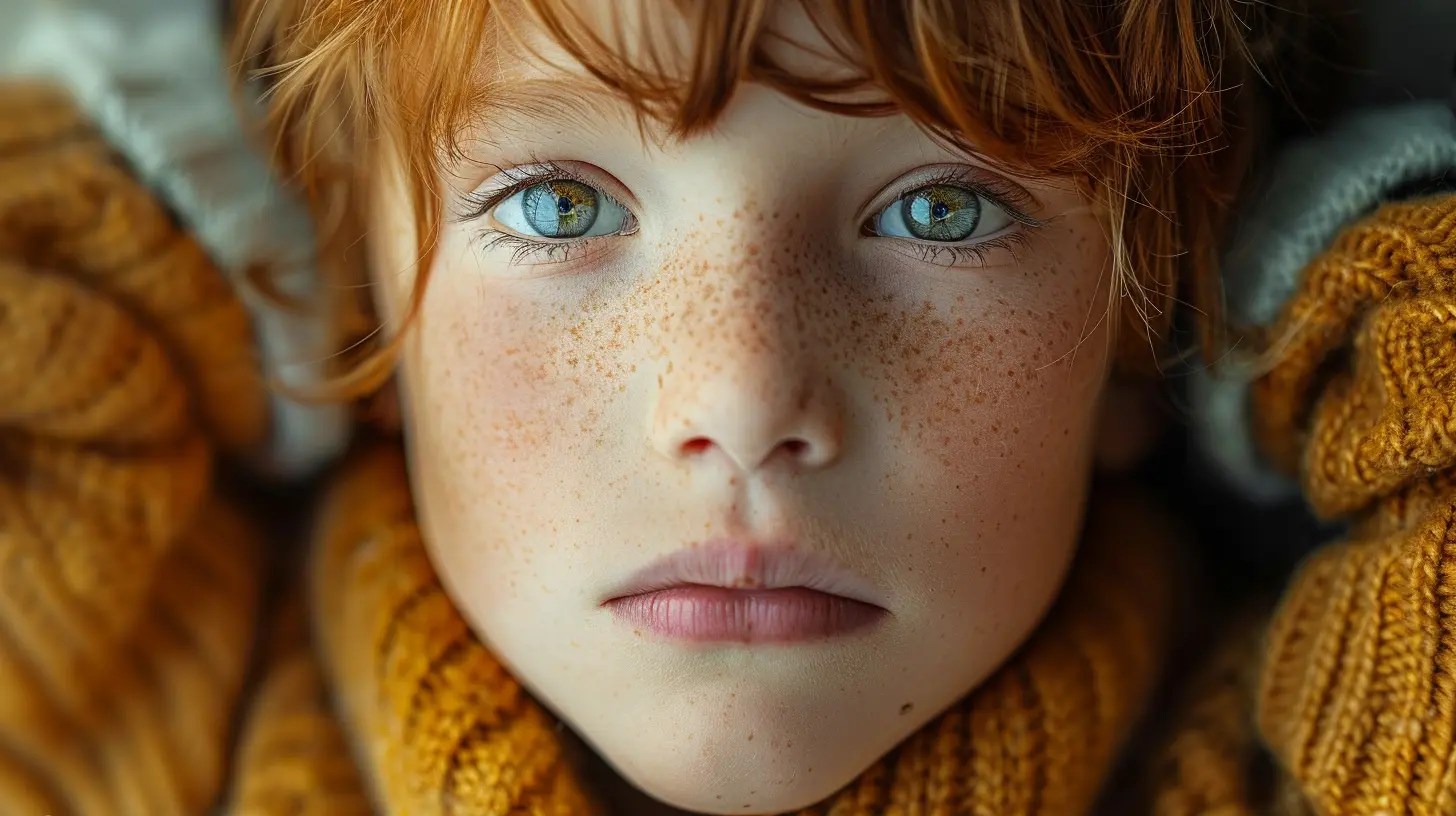How Childhood Experiences Influence Adult Emotional Expression
9 September 2025
Have you ever wondered why some people are emotionally open, while others struggle to express their feelings? Why do some individuals seem comfortable sharing their emotions, while others bottle them up? The answer often lies in childhood experiences.
The way we express emotions as adults is deeply rooted in our past, particularly in our early relationships, upbringing, and emotional conditioning. Let's dive into how childhood experiences shape the way we communicate and process emotions as adults. 
The Foundation of Emotional Expression in Childhood
Childhood is like wet cement—whatever falls on it leaves a lasting impression. The way we were treated, nurtured, and disciplined as children lays the groundwork for our emotional patterns in adulthood.During childhood, we learn what emotions are acceptable, how to handle them, and whether expressing them is safe or risky. These early lessons shape the way we navigate emotions for the rest of our lives.
Attachment Styles: The Emotional Blueprint
Psychologist John Bowlby introduced the concept of attachment styles—patterns of how we connect with others, particularly in childhood. These styles have a massive impact on emotional expression in adulthood.1. Secure Attachment: Comfortable with Emotions
Children who grow up in loving, responsive environments where their needs are met tend to develop secure attachment. As adults, they are more comfortable expressing emotions, forming healthy relationships, and handling emotional challenges.They don't fear vulnerability because they’ve learned that emotions are normal and expressing them won't lead to rejection.
2. Avoidant Attachment: Suppressing Emotions
If a child grows up in an environment where emotional expression is discouraged—or worse, punished—they may develop an avoidant attachment style. As adults, they might struggle to open up, suppress emotions, or even feel uncomfortable with deep emotional connections.They've internalized the belief that emotions are a weakness or inconvenience, leading to emotional detachment.
3. Anxious Attachment: Emotional Rollercoaster
Children who experience inconsistent caregiving—sometimes attentive, sometimes neglectful—may develop an anxious attachment style. As adults, they can be overly emotional, fearing abandonment, and seeking constant reassurance.Their emotional expression can be intense and unpredictable, as they are unsure if their feelings will be accepted or rejected.
4. Disorganized Attachment: Emotional Chaos
For children who experience neglect, trauma, or abuse, emotional expression can be especially complex. They may develop a disorganized attachment, where they struggle with both expressing emotions and trusting others.As adults, they might oscillate between emotional numbness and overwhelming emotional outbursts, often battling inner conflicts about closeness and vulnerability. 
Emotional Expression Patterns from Childhood to Adulthood
Parental Influence: The Mirror Effect
Parents act as emotional mirrors. If they model healthy emotional expression—talking about their feelings, managing stress constructively, and responding empathetically—children are more likely to adopt the same behaviors.On the flip side, parents who dismiss, discourage, or shame emotions can lead their children to develop unhealthy emotional habits.
Emotional Repression: The Silent Struggle
Some kids grow up in households where emotions are brushed under the rug. Phrases like “Stop crying,” or “Toughen up” send a message that expressing feelings is unacceptable.Fast forward to adulthood, and these individuals might struggle to communicate sadness, frustration, or even joy. They might downplay their emotions or feel uneasy sharing personal struggles.
Overreaction & Emotional Sensitivity
On the other end of the spectrum, children raised in emotionally volatile households—where yelling, outbursts, or erratic behaviors were common—might become adults who either mirror these intense reactions or become hypersensitive to conflict.They may find themselves overreacting to small stressors or feeling emotionally drained from constantly navigating emotional instability. 
Childhood Trauma and Emotional Expression
Trauma leaves deep imprints on emotional expression. Whether it’s emotional neglect, abuse, or witnessing conflict, traumatic experiences can shape how emotions are processed and expressed in adulthood.Fear of Vulnerability
Many trauma survivors learn to hide their emotions as a survival strategy. If expressing emotions led to punishment, criticism, or rejection in childhood, it makes sense that they would continue to suppress them in adulthood.Emotional Numbing
Some individuals emotionally "shut down" as a coping mechanism. This can lead to difficulties in forming deep connections, expressing love or sadness, and even recognizing their own emotions.Heightened Emotional Responses
Conversely, some trauma survivors experience emotional hypervigilance—constantly scanning for danger, overreacting to emotional triggers, or struggling to regulate their emotions.
Breaking the Cycle: Rewriting Emotional Patterns
While childhood experiences lay the foundation for emotional expression, they don’t have to dictate the rest of our lives. Emotional habits can change with self-awareness, healing, and intentional effort.1. Recognizing Emotional Patterns
The first step to changing emotional expression is awareness. Pay attention to how you respond to different emotions. Do you shut down, overreact, or struggle to express yourself? Understanding your patterns can help you break free from unhealthy cycles.2. Practicing Emotional Expression
If you grew up suppressing emotions, practice opening up—start with journaling or talking to a trusted friend. If you're prone to emotional outbursts, work on regulating responses with mindfulness or deep breathing.3. Therapy & Emotional Healing
Seeking therapy can be incredibly beneficial. A therapist can help uncover childhood influences, address unresolved trauma, and build healthier emotional expression habits.4. Surrounding Yourself with Emotionally Healthy People
We absorb the behaviors of those around us. Surrounding yourself with people who express emotions healthily can provide a model for emotional expression and help you feel safe doing the same.Final Thoughts
Our childhood experiences act as the blueprint for how we express emotions as adults. Whether we were taught to bottle up our emotions, express them freely, or fear vulnerability, these lessons shape our interactions, relationships, and mental well-being.The good news? We are not stuck in our past. With self-awareness and effort, we can rewrite our emotional scripts, break unhealthy cycles, and develop healthier ways to express ourselves.
Because at the end of the day, emotions are meant to be felt, shared, and embraced—without fear, shame, or hesitation.
all images in this post were generated using AI tools
Category:
Emotional ExpressionAuthor:

Paulina Sanders
Discussion
rate this article
1 comments
Astra Richardson
Understanding childhood shapes healthier emotional lives.
October 6, 2025 at 4:15 AM

Paulina Sanders
Absolutely! Understanding childhood experiences is crucial, as they lay the foundation for our emotional health and expression in adulthood.


